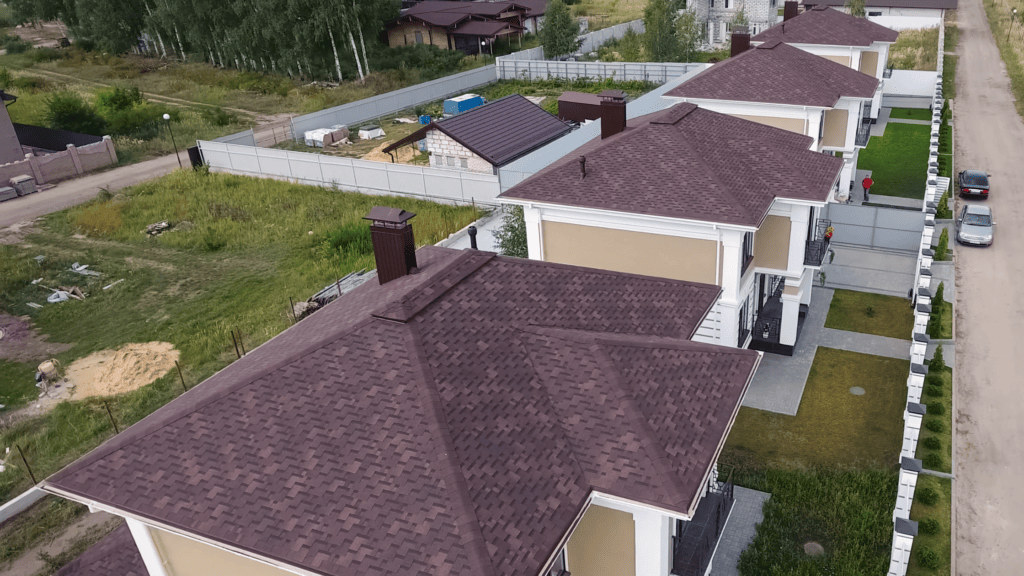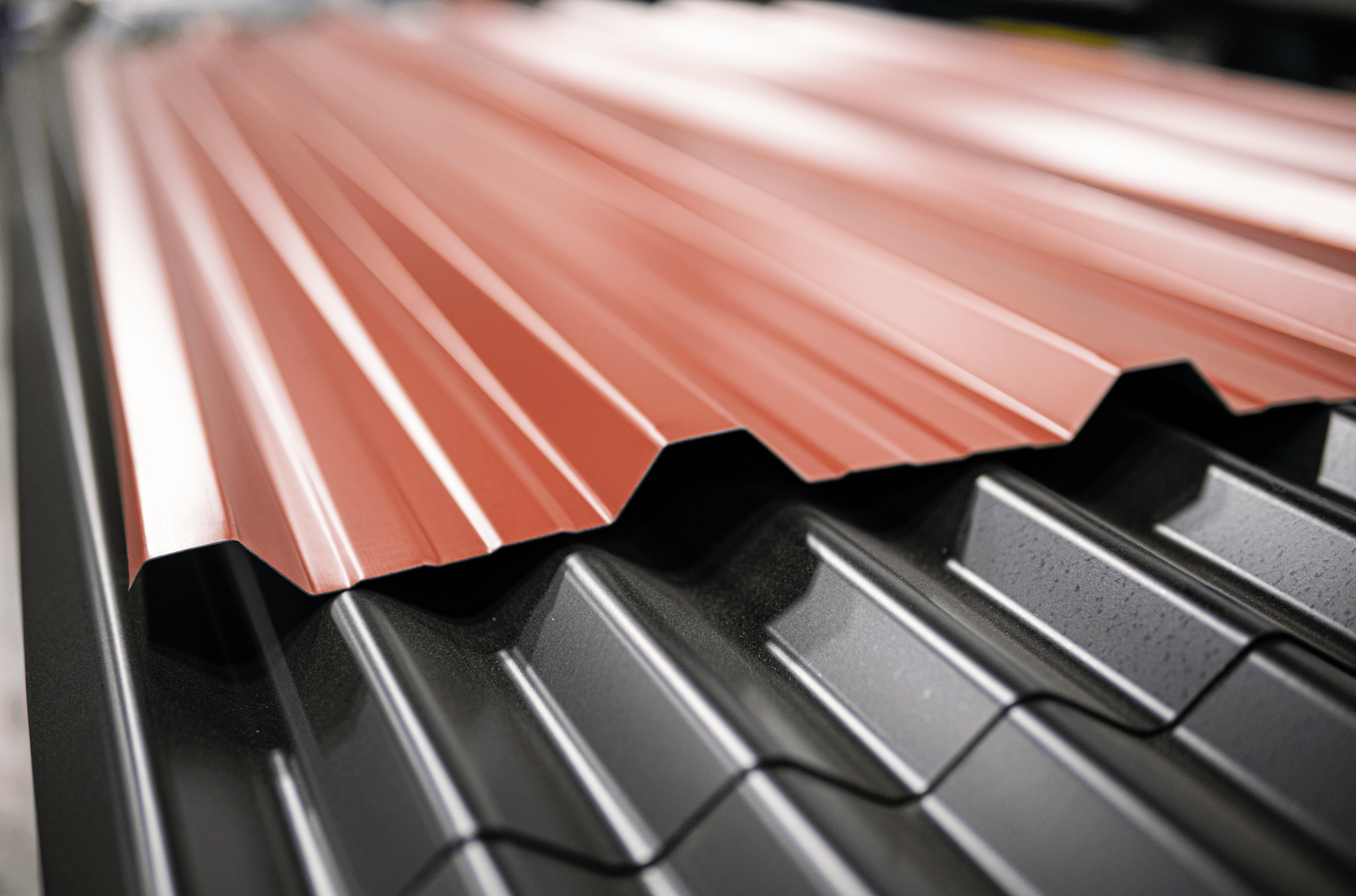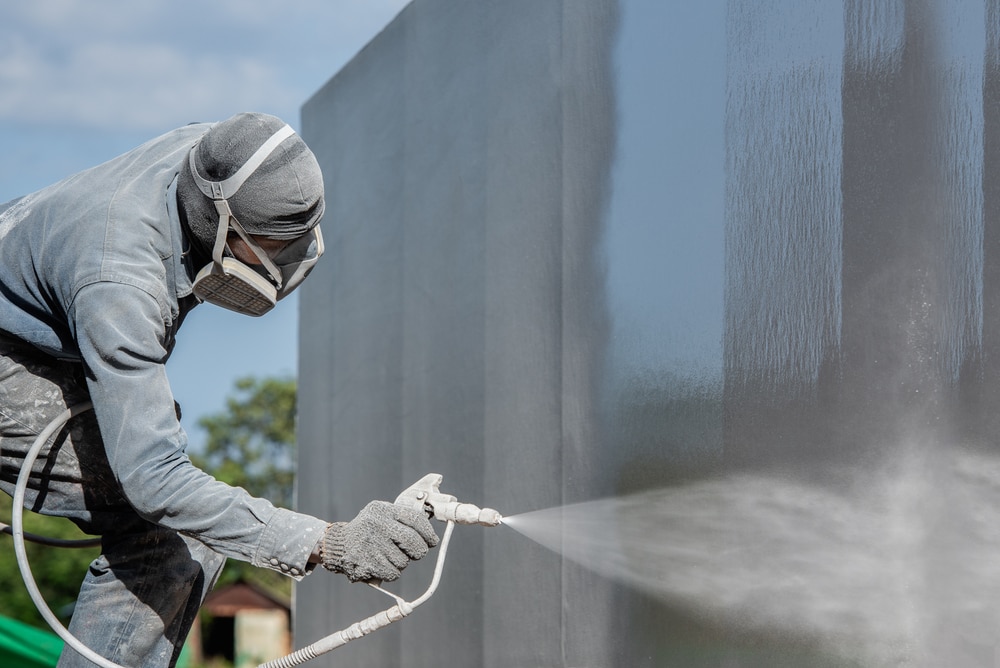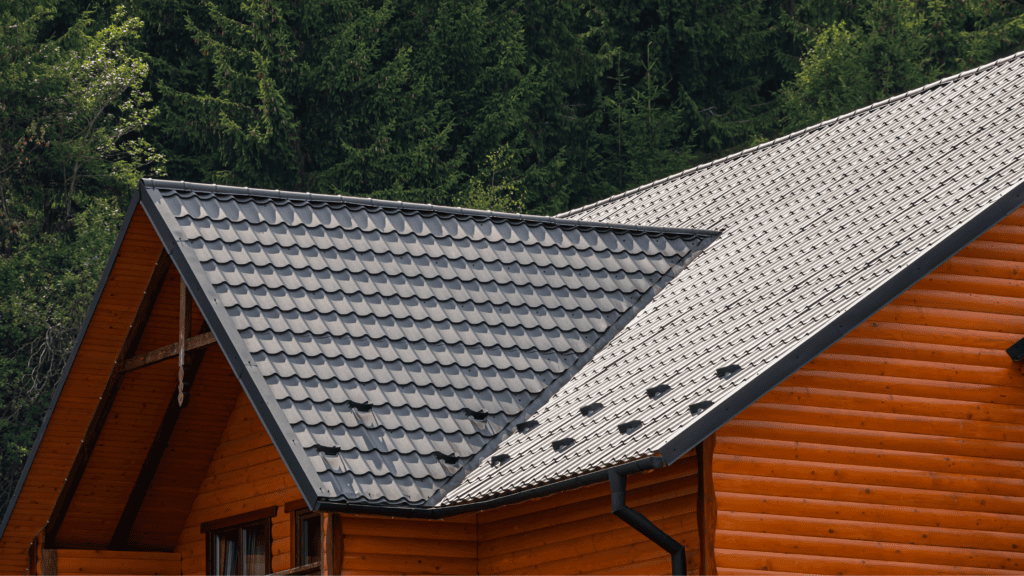Thermal barrier coatings provide essential protection for buildings by creating a specialized boundary layer that significantly reduces heat transfer while simultaneously meeting crucial fire safety code requirements. These engineered coatings form a protective shield between insulation materials (particularly spray foam) and building occupants, slowing heat transmission during fires and preventing rapid flame spread—giving occupants vital extra minutes for safe evacuation while protecting the structural integrity of the building. Beyond fire protection, quality thermal barriers deliver year-round energy efficiency benefits by minimizing thermal bridging and air leakage that typically account for 25-40% of heating and cooling losses in buildings.
Recent industry research indicates buildings with properly installed thermal barrier coatings experience a 31% average reduction in fire-related property damage compared to structures without these protective systems. Modern thermal barrier technologies incorporate advanced intumescent chemistry that actively responds to heat by expanding up to 50 times original thickness, creating an insulating char layer that maintains structural integrity even when exposed to temperatures exceeding 1000°F.

Critical Code Requirements and Safety Standards
Thermal barriers play a fundamental role in building code compliance, with requirements varying by building type and occupancy:
Commercial Building Requirements
Commercial structures face rigorous thermal barrier standards:
- IBC Code Requirements: Most commercial applications require thermal barriers providing minimum 15-minute fire protection before underlying foam reaches ignition temperature
- NFPA 275 Testing: Barriers must pass both Temperature Transmission Fire Test and Integrity Fire Test
- Large Assembly Spaces: Require thermal barriers with 1-hour or greater ratings depending on occupancy load
- Ignition Barrier Distinctions: Limited spaces like attics and crawlspaces may allow ignition barriers instead of full thermal barriers
Residential Building Requirements
Residential codes maintain strict requirements for occupant safety:
- IRC Compliance: Requires thermal barriers separating foam plastic insulation from interior spaces
- Standard Barrier Options: 1/2-inch gypsum board or materials passing specific fire tests
- Garage Ceiling Applications: Special requirements when living spaces exist above vehicle storage
- Basement Application Rules: Unfinished basements have specific thermal barrier requirements
BONUS TIP: Documentation is crucial for code compliance. Maintain detailed records of thermal barrier specifications, application thickness measurements, and third-party testing certifications for smooth building inspections and future reference.
Technical Performance Specifications

The technical properties of thermal barrier coatings directly determine their protective capabilities.
Property | Measurement Range | Safety Impact | Industry Standard |
Fire Resistance | 15 min - 4 hours | Time before underlying material reaches ignition temperature | Minimum 15 minutes per IBC/IRC |
Flame Spread Index | 0-450 | Speed at which flames travel across surface | <25 for most applications |
Smoke Developed Index | 0-450 | Amount of smoke generated during combustion | <450 for most applications |
Thermal Conductivity | 0.1-1.0 W/m·K | Heat transfer rate through material | Lower values provide better insulation |
Bond Strength | 100-1000 kPa | Adhesion to substrate during fire conditions | >300 kPa for reliable performance |
Thickness | 7-100 mils | Material needed for required protection | Varies by product and rating |
Application Methods for Maximum Protection
The application method significantly impacts a thermal barrier's protective performance.
Professional Application Techniques
Professional application ensures optimal protection:
- Surface Preparation: Clean, dry surfaces with proper temperature and humidity ranges
- Equipment Selection: Airless sprayers, specialized pumps, or trowel application depending on coating type
- Thickness Control: Wet film gauges and regular measurements ensure consistent coverage
- Multi-Pass Application: Building up required thickness in controlled layers for optimal curing
- Quality Control: Regular testing and inspection during application process
Common Application Challenges
Understanding potential issues improves project outcomes:
- Substrate Compatibility: Different substrates require specific primers or preparation
- Environmental Conditions: Temperature and humidity significantly impact curing and adhesion
- Coverage on Complex Geometries: Corners, penetrations, and irregular surfaces require special attention
- Thickness Verification: Ensuring consistent thickness across entire application area
- Cure Time Management: Allowing proper cure before building occupancy or additional work
BONUS TIP: For maximum thermal barrier effectiveness in areas with complex geometries or numerous penetrations (like mechanical rooms), consider spray-applied coatings rather than board products that require cutting and fitting, which can create vulnerable seams and gaps in protection.

Energy Efficiency Benefits Beyond Fire Protection
While fire safety remains paramount, thermal barriers deliver significant energy performance advantages:
- Thermal Bridge Prevention: Reduces heat transfer through structural elements
- Air Leakage Reduction: Helps seal building envelope when applied properly
- Condensation Control: Manages dew point location to prevent moisture accumulation
- HVAC Load Reduction: Decreases heating and cooling requirements
- Occupant Comfort Improvement: Minimizes temperature variations and drafts
According to building performance data compiled by the Commercial Building Energy Alliance, structures with properly installed thermal barrier systems in conjunction with spray foam insulation demonstrate 27-42% lower energy consumption compared to traditional insulation methods without thermal barriers.
Things to Consider Before Making a Decision
Before selecting a thermal barrier coating system, evaluate these critical factors:
- Building Code Requirements: Determine the specific fire rating required for your application:
- Occupancy type dictates minimum protection levels
- Local code amendments may exceed national standards
- Special use areas have unique requirements
- Exposure Conditions: Match coating type to environment:
- High humidity areas require moisture-resistant formulations
- UV exposure necessitates stabilized coatings or topcoats
- Temperature extremes demand flexible barrier systems
- Aesthetic Requirements: Consider appearance needs:
- Visible areas may require smooth finishes or paintable surfaces
- Utilitarian spaces prioritize function over appearance
- Color options vary by coating type
- Application Constraints: Evaluate practical limitations:
- Project timeline may eliminate slow-curing options
- Access restrictions impact equipment and methodology
- Temperature/humidity during installation affects product selection
- Maintenance Considerations: Plan for long-term performance:
- Inspection requirements and frequency
- Repair methodology if damaged
- Expected service life and replacement planning
Cost-Benefit Analysis of Thermal Barrier Systems
Factor | Without Thermal Barrier | With Thermal Barrier | Benefit |
Fire Insurance Premiums | Baseline | 5-15% reduction | Annual cost savings |
Energy Costs | Baseline | 10-30% reduction | Significant operational savings |
Building Code Compliance | May not meet requirements | Meets or exceeds codes | Legal operation and liability protection |
Property Resale Value | Standard | 1-3% premium | Return on investment at sale |
Building Lifespan | Standard | Extended protection | Long-term asset preservation |
Occupant Safety | Standard | Significantly enhanced | Priceless life safety benefit |
Thermal Barrier FAQ
How do thermal barriers differ from ignition barriers?
Thermal barriers provide more robust fire protection (minimum 15 minutes) than ignition barriers (typically 5 minutes). Building codes require thermal barriers in occupied spaces where people need more evacuation time, while allowing ignition barriers in limited-access areas like attics and crawlspaces. Thermal barriers undergo more rigorous testing and typically cost more but provide substantially greater protection.
Can thermal barrier coatings be applied over existing surfaces?
Yes, most thermal barrier coatings can be applied over existing surfaces provided they are clean, dry, and structurally sound. Proper adhesion requires removing loose material, contaminants, and incompatible previous coatings. Many systems require specific primers when applying over existing surfaces. Professional evaluation determines if direct application is possible or if removal and replacement represents the better option.
How long do thermal barrier coatings last?
Quality thermal barrier coatings maintain their protective properties for 15-25 years in interior applications with normal environmental conditions. Exterior or harsh environment installations may require inspection and maintenance at 5-10 year intervals. The performance longevity depends on the specific coating type, application quality, environmental exposure, and physical abuse. Regular visual inspections help identify potential issues before protection is compromised.
Do thermal barriers affect indoor air quality?
Modern thermal barrier coatings have minimal impact on indoor air quality after proper curing. Most formulations feature low or zero VOC content and meet stringent emissions standards for commercial and residential environments. The curing process typically releases odors that dissipate within 24-72 hours, requiring temporary ventilation. Once cured, quality thermal barriers remain inert and do not off-gas harmful compounds during normal use.
Can thermal barriers be painted or covered?
Most thermal barrier coatings can accept compatible finish coatings after full cure, but this must be done carefully to maintain their protective properties. Always verify compatibility with the thermal barrier manufacturer before applying any topcoat. Certain decorative coverings may compromise the barrier's fire performance by adding fuel or preventing proper expansion of intumescent coatings. Any covering system should be tested or certified for use over the specific thermal barrier.
Make the Right Decision
Thermal barrier coatings deliver essential protection that extends beyond basic code compliance, providing comprehensive benefits spanning safety, efficiency, and building performance. The most effective approach matches coating properties to your specific building type, occupancy requirements, and environmental conditions. Professional assessment and application ensure your thermal barrier delivers maximum protective value throughout the building lifecycle.
Evaluate your specific building codes, insulation system, exposure conditions, and long-term objectives when selecting thermal barrier systems. The investment in quality materials and proper application delivers ongoing returns through enhanced safety, reduced energy costs, and building asset protection that far outweigh the initial expenditure.
Reviewer: Maria Lopez offered detailed feedback after reviewing this post. Her 10 years of experience in spray foam work helped guide the tone and suggestions toward realistic strategies.
 AdBlock Detectado
AdBlock Detectado








